I have been play-testing the Tecnifibre Tflash Powerstab 300 and it has been an enjoyable play-test for me. The racquet is powerful, yet relatively comfortable so it is easy to generate both speed and spin. However, I have realized something about my game and tennis racquets: Powerful racquets build bad habits.
This is a bold statement of course. I am not saying that people should not play with powerful, so called tweener racquets if that is what brings the best results. You should simply use the racquet and gear that works best for you. Meaning the one that you play best tennis with and does not hurt you in any way physically. But for me personally, I notice my (perhaps lack of) technique tends to get sloppy when I use a high-powered racquet.
I tend to arm the ball more and not move my feet enough. Perhaps because I don’t have to. A powerful racquet does a lot for you and sometimes it is too much. If you can just make sure that the racquet contacts the ball in some way or form, it will send it off with enough pace and depth to make it a decent shot. This despite you not hitting it with good technique.
Powerful racquets build bad habits – So what? I win!

My personal issue with a powerful racquet is that it makes me either increase the string tension to control the power or adjust my strokes. I like really going all-in on the ball if I can and with a powerful racquet I would need to rely on massive top spin to get the ball to drop in. Since I am a relatively flat hitter, this does not come naturally for me which makes me hold back and not trust the racquet.
Powerful racquets build bad habits – It is about style too
I believe that powerful racquets build bad habits, but not always. If you are a top spin hitter with a western grip and know exactly how to harness the power of a so called “tweener” frame….go ahead! Traditional player frames are made for a flatter game style and a more of a Eastern-grip tennis, while modern frames are more powerful and require more top spin to get the ball to dip in. Having learned the game in the 90s with idols like Agassi and Edberg, I guess I am somewhat destined to play a flatter, aggressive game.
So it might be a stretch to say that powerful racquets build bad habits, but I think you should be aware of what a different racquet does to your tennis. If you notice that the power changes your technique, makes your swing more tense and reduces the effort in your footwork…it might be time to go back to a control racquet. I think it is better to learn how to create pace with a low-powered frame than to harness the inherent power of a tweener racquet. But maybe it is just a matter of taste and style.
What is your take on powerful racquets and what do they do to your game? Please comment below!
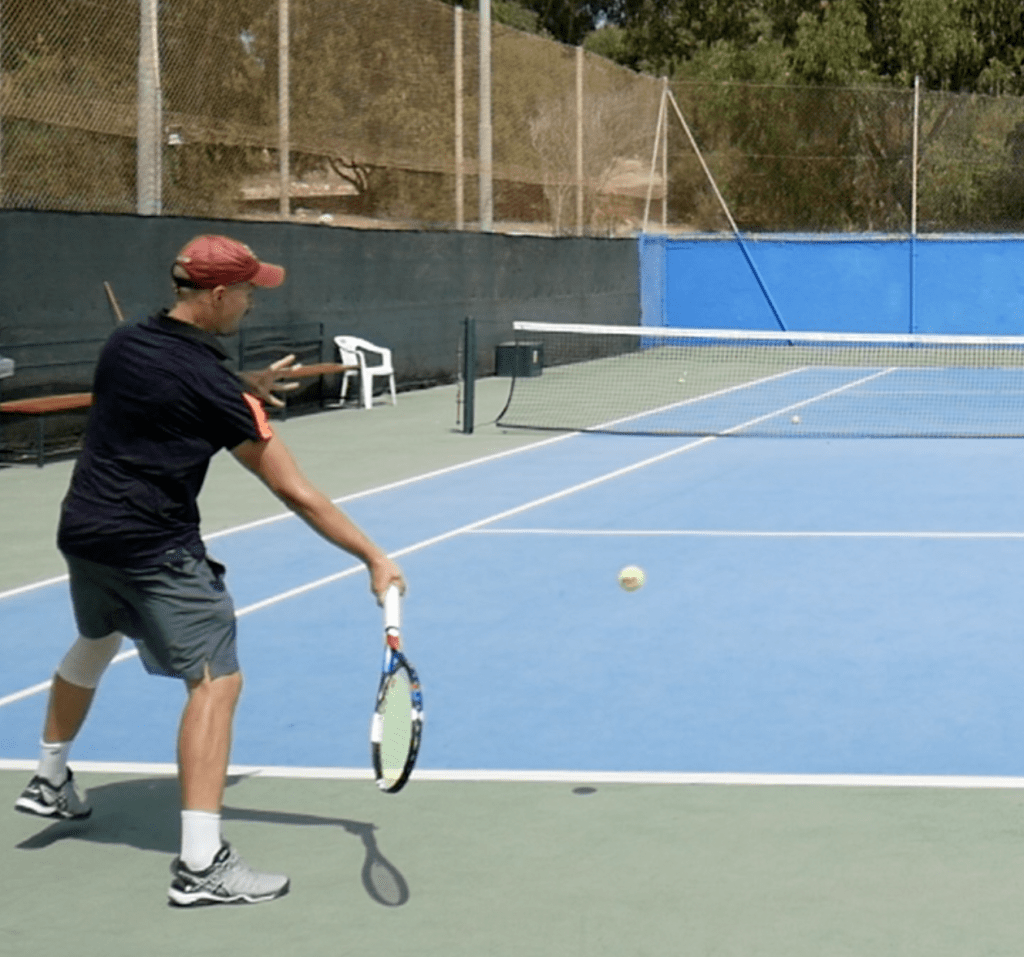


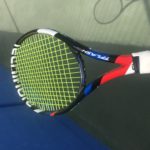
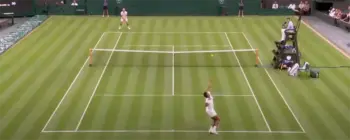

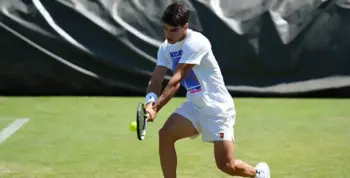


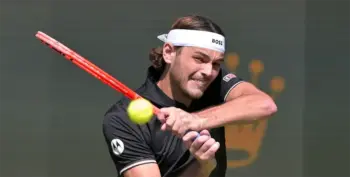

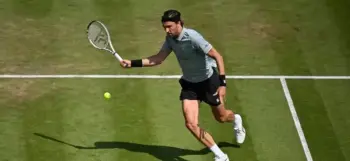
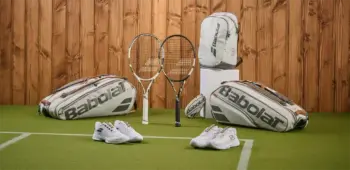




Great article. Currently this topic also concerns me. I totally can confirm your thesis and highly recommend to have an eye on the choice of your racket, especially regarding stiffness and weight which is a crucial point exactly for powerful rackets.
As I mentioned in another comment somewhere else on the website, I have a Head Youtek Extreme Pro 2.0. I also have a cheap Head £30 racket which was the first racket I started playing with. I used to wonder why I end up playing a better game with the cheap racket. Then I realised that I make more of an effort to reach the ball and hit it cleanly if I am using the cheap racket whereas with the Extreme Pro 2.0 I am just lazy and I get away with it too. However, it does impact my game adversely.
I think you are right! This is the reason for the sloopy game of many modern players. As for the “racket dictates the style” – this undoubtedly also takes place.
But I was always interested in one question: what appears in the world first, eggs or hen? Style or racket? ))))
“I personally enjoy the aestethics of tennis and the effort and movement needed to really learn the game properly. I probably do appreciate this even more than the competition, although both of them combined make tennis the beautiful sport it is.”
Fair point for you, but many tennis players don’t feel that way. We play the sport because we love the competition and we want to give ourselves the best opportunity to win matches. The idea that technique is more important or valuable than result seems ridiculous to me. Ultimately, any technique is designed to give me a better chance at winning. I firmly believe that any pro player who knew he could win Slams by playing with a 75″ wooden racquet would switch to one immediately. Looking good while you lose is pointless. Not all players are equally talented nor are they equally athletically gifted. Some players have a significantly lower natural ceiling than others, so why wouldn’t/shouldn’t they use the racquet that maximizes their chance of winning? Function always trumps form.